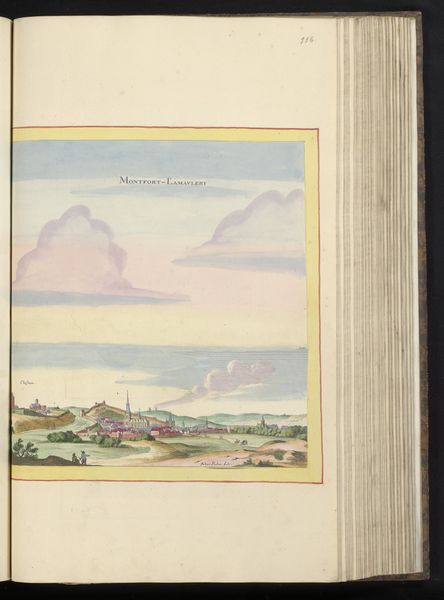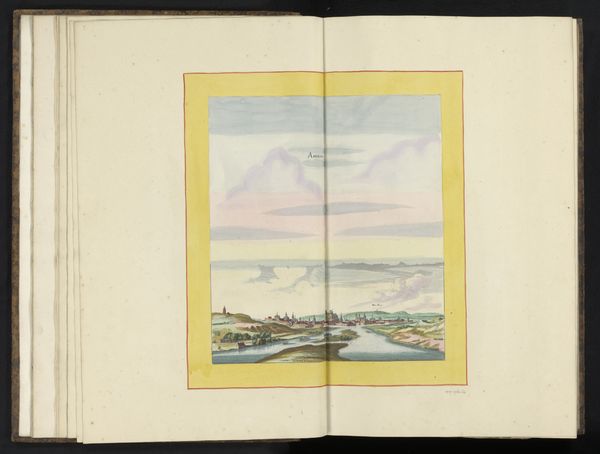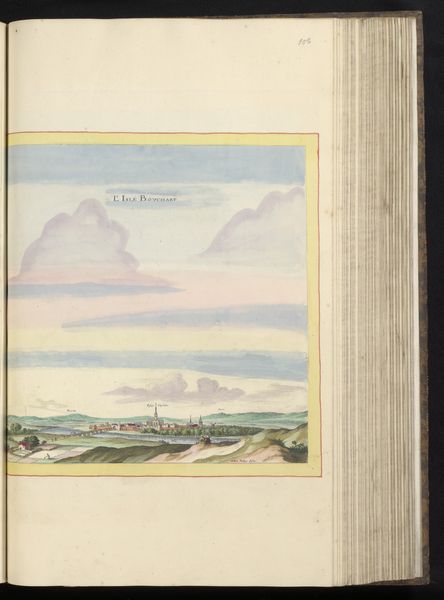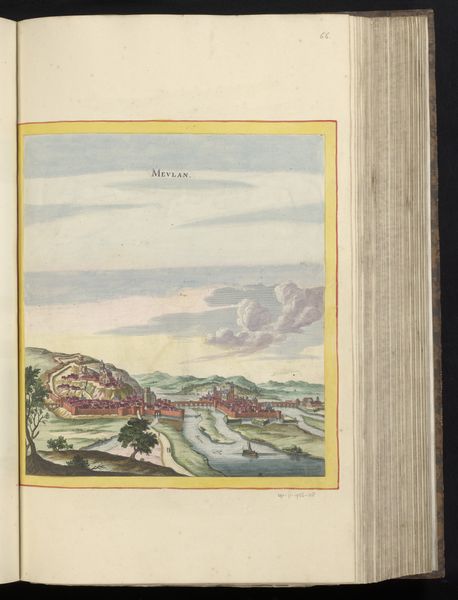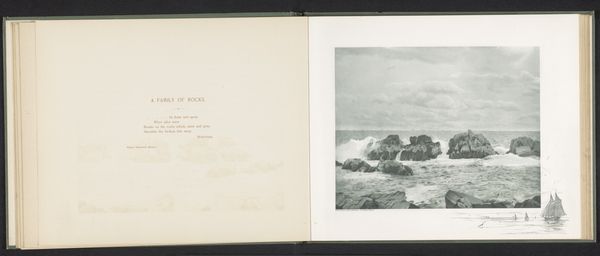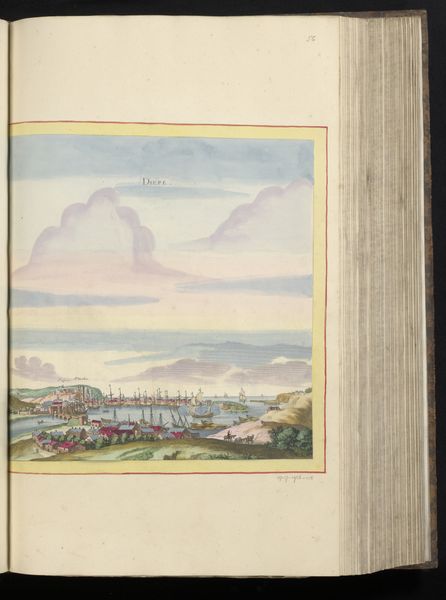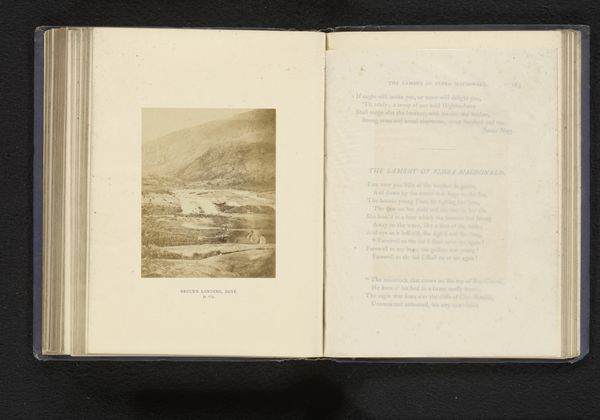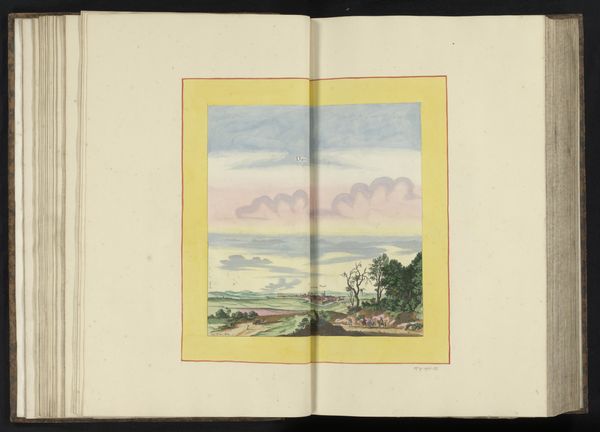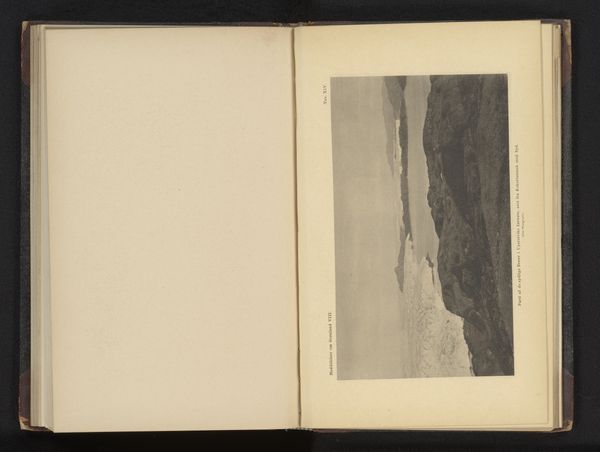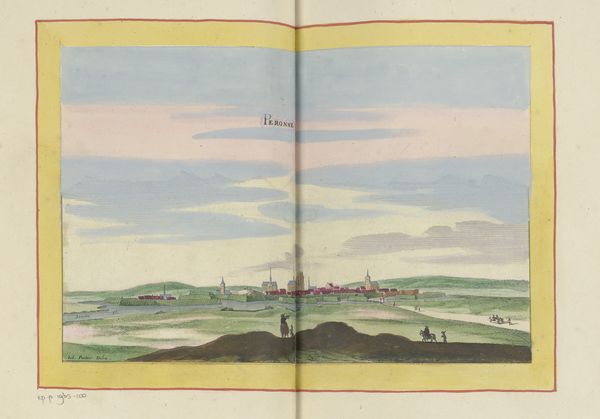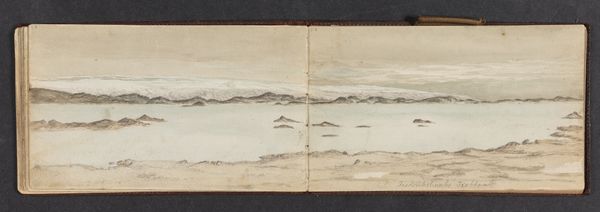
painting, watercolor
#
dutch-golden-age
#
painting
#
landscape
#
watercolor
#
coloured pencil
#
genre-painting
Dimensions: height 322 mm, width 301 mm, height 532 mm, width 320 mm
Copyright: Rijks Museum: Open Domain
Editor: This watercolor painting, "Gezicht op Île d'Oléron," from 1657, depicts a seascape, seemingly viewed from within the pages of a book. The delicate brushwork and pastel palette create a tranquil yet slightly melancholic atmosphere. How do you interpret this work within its historical context? Curator: This seemingly simple landscape is teeming with the complexities of its time. The Dutch Golden Age was built upon maritime trade and exploration, deeply intertwined with colonization and exploitation. I wonder, does this tranquil scene attempt to conceal these harsh realities? The presence of numerous ships hints at bustling commerce, but it also calls to question, what is being transported, and at what cost? Editor: That's a powerful reading. I hadn’t considered the undercurrent of colonialism in something that seems so serene on the surface. Curator: Exactly. Dutch Golden Age landscapes weren’t simply records of topography. They reflected a burgeoning national identity inextricably linked to overseas expansion and mercantile capitalism. Consider the role of the artist – was he an objective observer, or was he implicitly endorsing a specific worldview? And, for whom was this painting made? Editor: So the beauty is almost a veil… something potentially hiding more sinister truths. Does the artist’s choice of watercolor contribute to this sense of unease, compared to, say, oil paints? Curator: Watercolor lends itself to delicacy and transparency, creating a certain ethereal quality. Perhaps this reinforces the illusion, allowing viewers to overlook the difficult socio-political context of the scene, much in the way power and privilege operated in Dutch society at the time. The Dutch Golden Age wasn't golden for everyone, of course. Editor: I see your point. Looking at it again, I'm struck by the ways beauty and privilege can obscure darker truths. Thank you for making me question my initial perception! Curator: And thank you. It's through this kind of critical dialogue that we can begin to unpack the layered meanings within seemingly simple works of art.
Comments
No comments
Be the first to comment and join the conversation on the ultimate creative platform.

